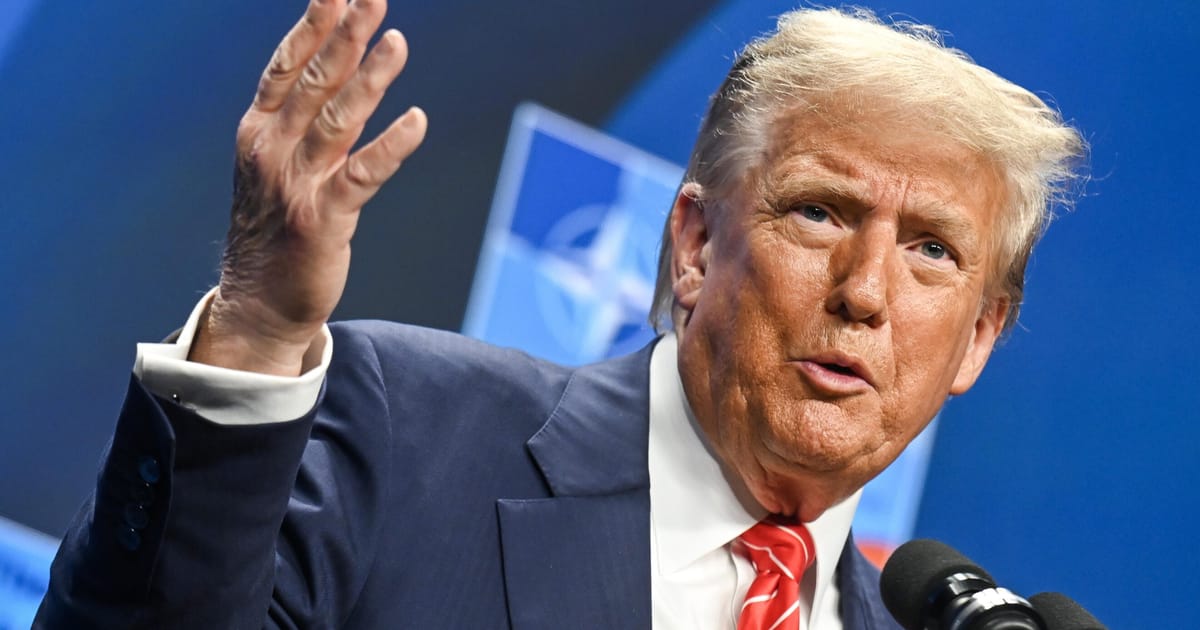

In a remarkable stride towards bolstering international defense alliances, NATO leaders have agreed upon a significant target to increase defense spending to 5 percent of GDP by the year 2035. This new milestone underscores the commitment of member nations to enhance their collective security measures amidst the evolving geopolitical landscape. The decision reflects a unified vision for stronger defense collaborations across borders, providing a sense of assurance and stability in an unpredictable global context.
The accord marks a notable achievement not only for the alliance but also for the leadership of the United States. Former President Donald Trump had persistently advocated for fairer distribution of defense burdens amongst NATO allies, urging them to intensify their financial commitments to the alliance. This agreement represents a diplomatic victory in his ongoing campaign to recalibrate contributions from member states, fostering a more balanced and robust partnership. It is a gesture that resonates with the intention of shared responsibility and mutual benefit, essential for the maintenance of peace and security in the region.
Following the announcement of the NATO defense spending accord, French President Emmanuel Macron extended his diplomatic efforts to encourage the United States to consider resolving ongoing trade tensions. He emphasized the spirit of cooperation that was exemplified in the defense agreement, suggesting a similar approach could lead to the soothing of trade relations. Macron’s appeal reflects a widespread desire to transition from contention to collaboration, opening pathways for renewed trading partnerships that are equitable and prosperous for all involved.
Moreover, the transatlantic bond was further strengthened as Canada and the European Union inaugurated a comprehensive defense pact amidst the backdrop of shifting global dynamics and strained relations with the United States. Prime Minister Mark Carney, alongside European Commission President Ursula von der Leyen and European Council President António Costa, embraced this strategic partnership, which extends beyond defense into shared commitments on issues such as climate change and the ethical stewardship of artificial intelligence innovation. This pact symbolizes a deepening alliance that seeks to champion stability, peace, and progress not only across Europe and Canada but for the broader international community.
The reinforced partnerships and defense alignments were followed by a substantive meeting between Donald Trump and Ukrainian President Volodymyr Zelensky. The discussions held during their encounter were described as substantial and lengthy, indicating an ongoing dialogue aimed at addressing pressing concerns and fortifying alliances. Zelensky, known for his dedication to his nation’s sovereignty and security, engaged in a candid exchange, further solidifying the collaboration between Ukraine and its Western allies.
These developments highlight a mosaic of diplomatic engagements and defense strategies, each contributing to a broader vision of collective security and international cooperation. It is an era defined by shared goals and unified action, as countries navigate the complexities of modern geopolitics with an emphasis on peaceful coexistence and mutual respect. As the world continues to change, these alignments serve as a testament to the power of collaboration and the enduring commitment to global harmony.
Source: {link}
